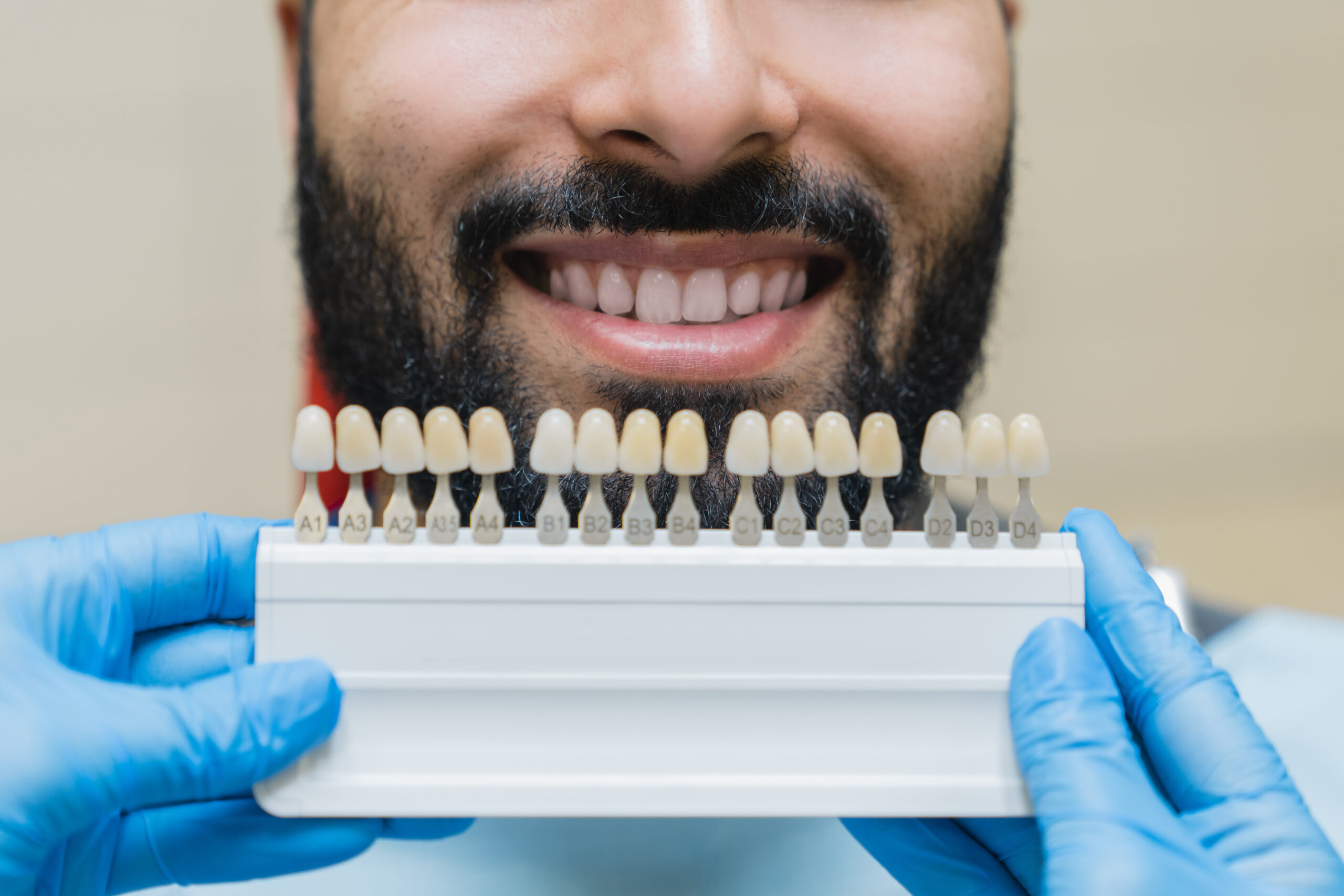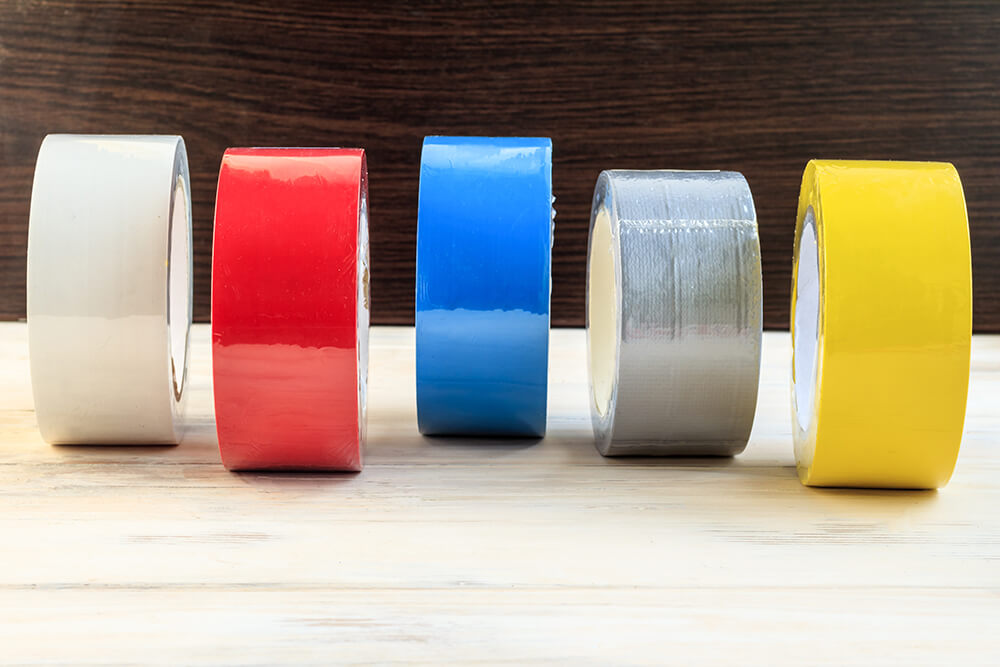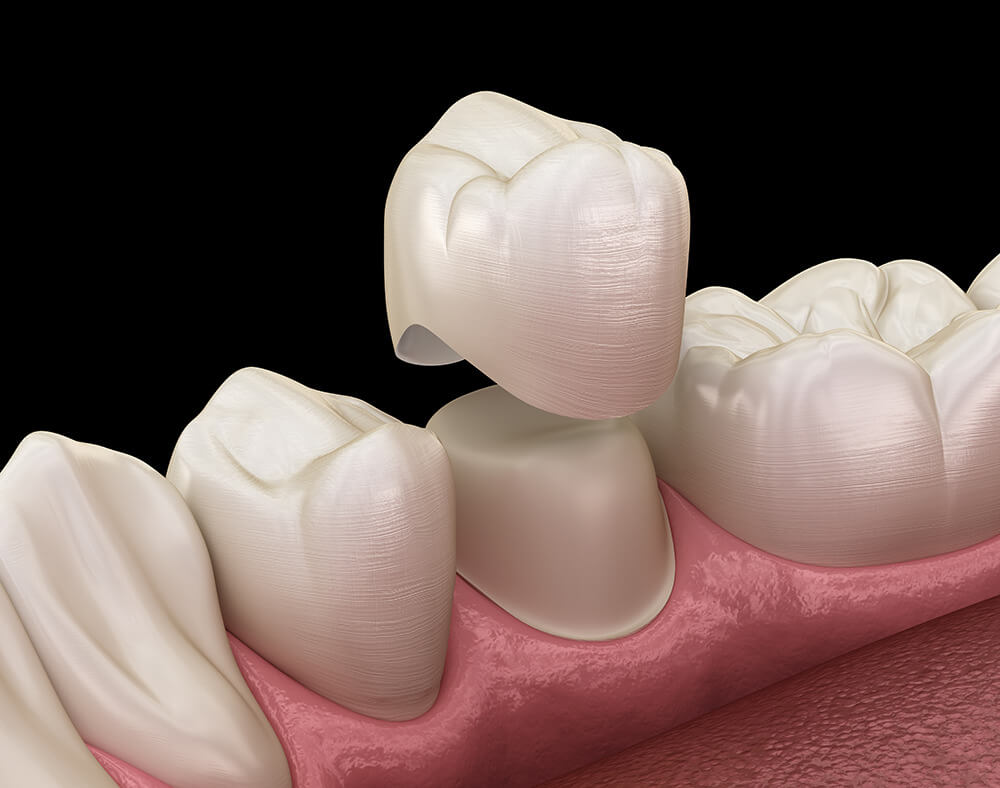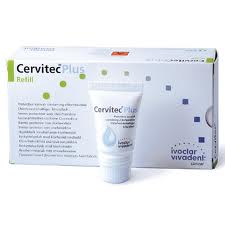How long does a dental crown last? The answer is, “It depends.” In this blog, I will review how I manage answering this question for my own peace of mind and to reduce disappointment for my patients.
All of us can think about crowns that are currently in our patients’ mouths that have been in four decades or more…crowns that are doing fine. Sometimes, we look at a bite wing of one of these restored teeth and see space enough “to drive a truck” between the margin and the natural tooth structure. Yet, the crowned tooth is fine with no caries.
We also can think about crowns in our patients’ mouths that needed to be or now need to be replaced within five years or under…perhaps, even within two years. Some of these crowns were carefully and beautifully done.
We have a habit of thinking: The better our skill is, the greater is the longevity of the crown. We need to get away from this generalization because there are numerous factors that impact longevity.
Yes, the dentist’s skill is a factor as are the amount of time and energy we put into making it exquisite, the quality of the laboratory, and the materials. But the other part of the equation is that we put dentistry into the mouths of human beings, and human beings come with risk factors. The most common reason we replace a crown or filling is recurring caries. We see some patients who have new carious lesions every time we see them in the dental chair. They are at high risk. At the other end of the spectrum, we have patients who have not had a carious lesion in multiple decades. The functional risk of the patient is the second primary risk factor. We have patients who can break any type of crown, and we have other patients who have no evidence of functional risk.
What do I say to my patients? I tell them dentistry does not last forever, and there are challenges in predicting the lifespan of their restorations. I do not say, “When your crown fails at some point in the future, it will need dental treatment again.” Instead, I say, “We’re going to treat this tooth with a crown. At some time in the future, it will need treatment again.” Then I say, “The most common reason why a crown needs to be replaced is dental decay around and under the crown, and what we know about you is that you tend to get cavities [or not get cavities]. The second most common reason we replace crowns is that they break. The materials cannot withstand the forces. And what we know about you is that you are tougher on your teeth [or not as tough on your teeth] compared to many other people. “
This type of conversation makes most dentists nervous. They fear the patient will not want to do the crown if the patient knows they will eventually need to retreat the tooth. That has not been my experience. The reality that cars do not run forever does not stop us from buying a new car. The knowledge that your roof will last 10 to 14 years does not stop us from replacing the roof. The reality that the tooth will need retreatment in the future does not stop us from having it treated now.
Setting realistic expectations results in less patient frustration, sadness, and disappointment. It also lessens conflict between the dentist and patients. I want my patients to understand the reality that dentistry does not last forever. It all has a lifespan, just like a car or washing machine. Any tooth we treat will need to be treated again. I also want them to know their risk factors for decay or breakage relative to other patients. Is it high? Is it low? Is it somewhere in between? We can then have a conversation about what they can do and what we can do together to minimize those risk factors.













